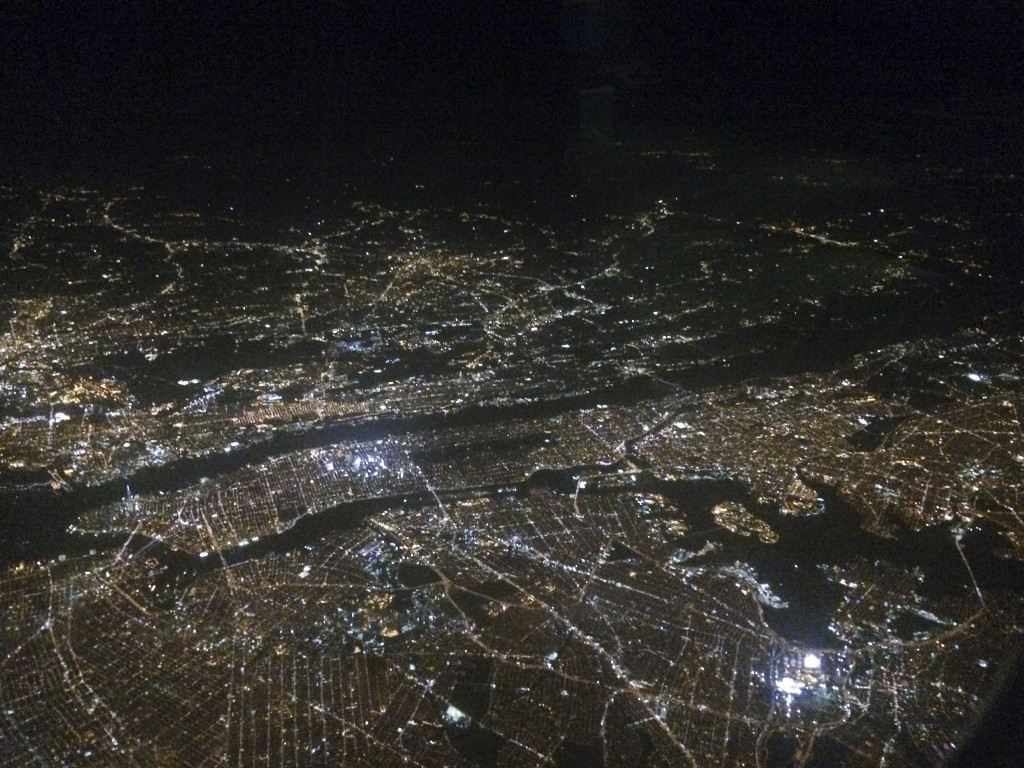
Improving cities for the demands of the 21st Century requires a mix of restoration and innovation (Image: juhansonin/Flickr)
One of the most staggering trends of the past 20 years has been the revival of the American city. From the coasts to the Rust Belt, cities across the United States are undoing decades of blight and neglect by re-building downtown districts or even building them up from scratch. At the same time, urgent questions remain unanswered about how best to address issues of governance, policing, and re-creating cities as welcome havens for new industries and business sectors. To explore what paths cities should forge in their 21st-century endeavors, The Brooklyn Quarterly‘s staffers and editors polled prominent experts on urban renewal, whose backgrounds range from public office to journalism to academia. We asked them: what one thing can change cities for the better in one generation? Their responses may foretell the future for many American cities.
1. Creating a Connected City
Eric Garcetti, Mayor of Los Angeles
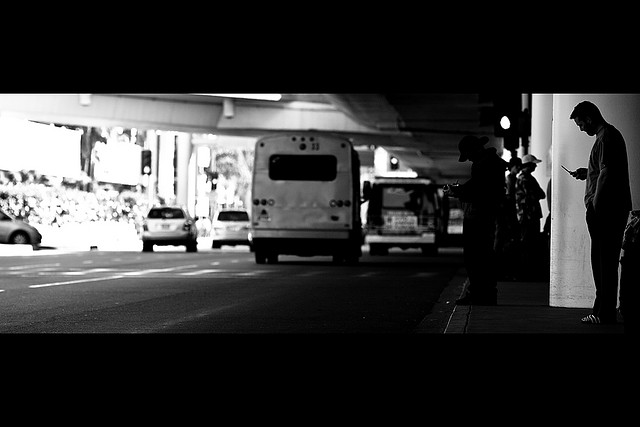
Los Angeles Mayor Eric Garcetti advocates for a wired, interconnected city (Image: domcruz/Flickr)
Cities must deploy technology that allows for the development of personalized relationships with residents and visitors. Many cities, including Los Angeles, already deploy a mobile app for requesting city services such as pothole repair or graffiti removal with GPS-enabled devices pinpointing the location of the request. The next step? Communicate directly with the people of the city. Residents should receive information about local temporary parking restrictions, power outages, and public safety incidents. Drivers should get notifications about road closures and open parking spaces. Residents and tourists could adjust the app’s settings to stay informed about cultural events sponsored by the city. This app could also act as a transaction platform for any city service –from paying trash pickup fees to buying a pony ride at a city park. Bus service, car service, subway access, bike and ride share could all be acquired via this single, streamlined city app. That is the promise of a truly connected city.
2. Modernizing Education
Ryan Lynch, Policy Director, Brooklyn Borough President Eric Adams
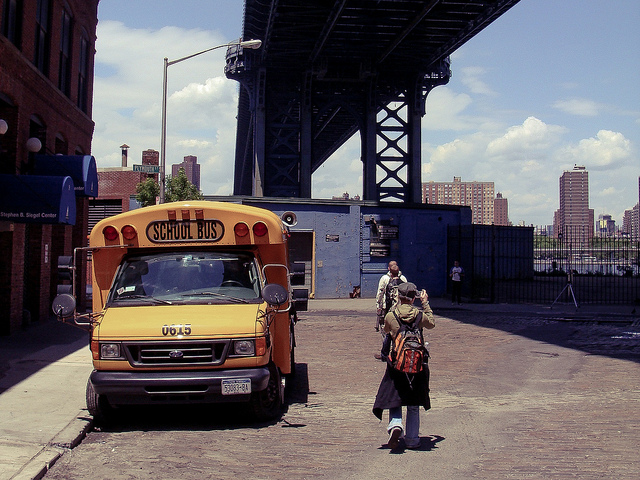
Investing in education’s infrastructure will prepare students for the 21st-Century workforce (Image: ariczzz/Imgur)
Modernizing our K-12 education system and investing in infrastructure, efforts which will create an educated local workforce and the technology needed to support sustainable economic development, are integral to creating a stronger Brooklyn and a stronger New York City. It must be a top priority for our city to educate our young people with 21st century tools and technology that prepares them skill sets to succeed in the modern job market. At the same time, we must make sure investments in infrastructure like broadband reach every corner of Brooklyn, in order to allow existing local businesses to grow, expand and attract new businesses that support high-paying jobs.
3. Building a Better Grid
Ashley C. Emerole, President, Manhattan Young Democrats
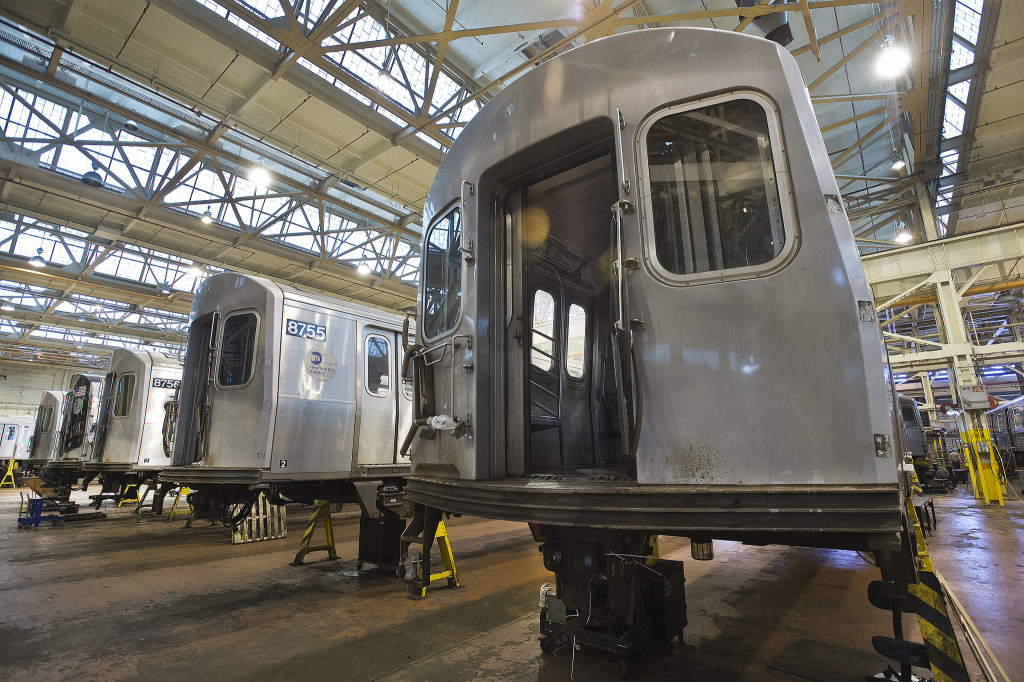
Improving infrastructure is essential to keep cities moving (Image: mtaphotos/Flickr)
One word: Infrastructure. The only way to ensure the places we live in today are improved in the future is to increase infrastructure spending. We must ensure that the roads, transportation systems and utilities we unwittingly take for granted each day have sustainable funding sources. Unfortunately, they currently do not for a wide variety of reasons (namely it’s not sexy to discuss asphalt composition and water tunnels), but we must make the tough decisions today to spend on the world beneath our feet before it crumbles. Elected officials should sacrifice a ribbon cutting during their tenure to ensure we all benefit from their wise spending decisions. Your delayed subway train tomorrow could have been prevented with increased spending on capital improvements today.
4. Dynamic Fleets, Not Dynamic Pricing
Jonathan Goldman and Matthew Liu, Co-Founders, whatsthefare.com
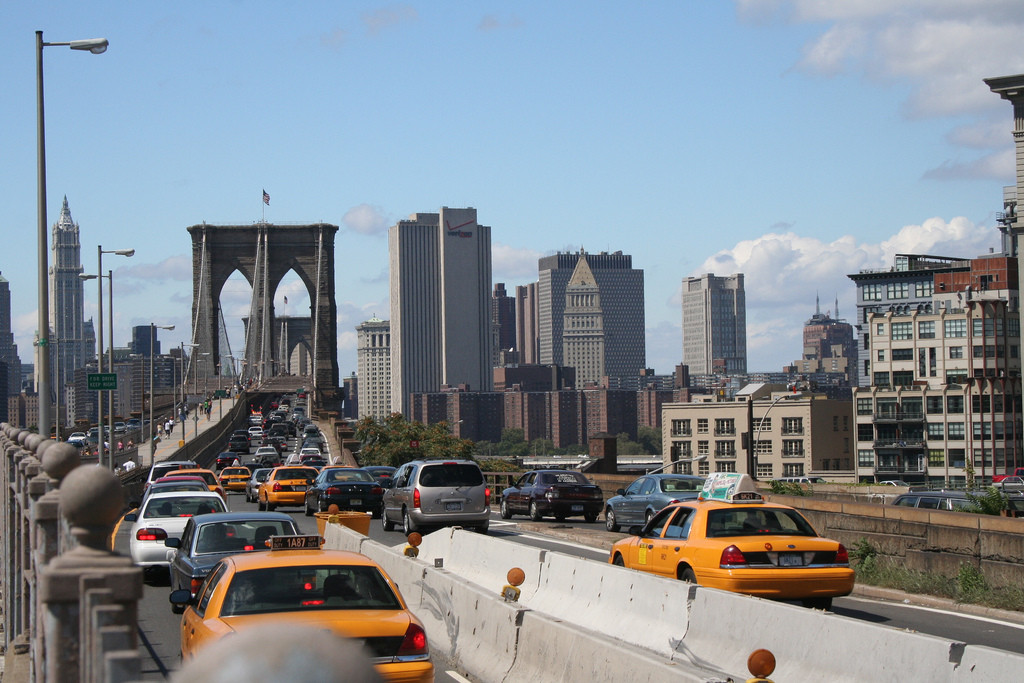
The key to the modern city’s is a flexible taxi fleet (Image: sam_cook_jr/Flickr)
Today, passengers can hail cars with the touch of a button from companies like Uber and Lyft, and the advent of self-driving cars is expected to solidify on-demand vehicles as the future of transportation. While these services are creating more convenient transportation, they also use sometimes-outrageous dynamic pricing to manage supply and demand. Further, by encouraging car ridership but not fully utilizing capacity in cars, on-demand vehicle services may be adding to the urban congestion problem.
The transportation network of the future will be flexible and adaptive. After the busy morning commute powered by self-driving vehicles ends, these cars will be repurposed to handle logistics, moving goods around town and making deliveries. During small peaks in transit demand, vehicles can be pulled away from non-critical deliveries to handle passengers. During extremely busy periods like conferences, concerts, and sporting events, the vehicle mix will shift to higher-capacity buses and mini-shuttles to handle the influx of people while avoiding congestion.
An adaptive fleet is essential to keep travel times and prices consistent while handling fluctuations in demand. This will make transportation accessible to all citizens, not just those who can afford to pay ever-shifting dynamic prices.
5. Making Cities Work for All Citizens
Richard Florida, Urban Theorist, University of Toronto and CityLab, author of The Rise of the Creative Class
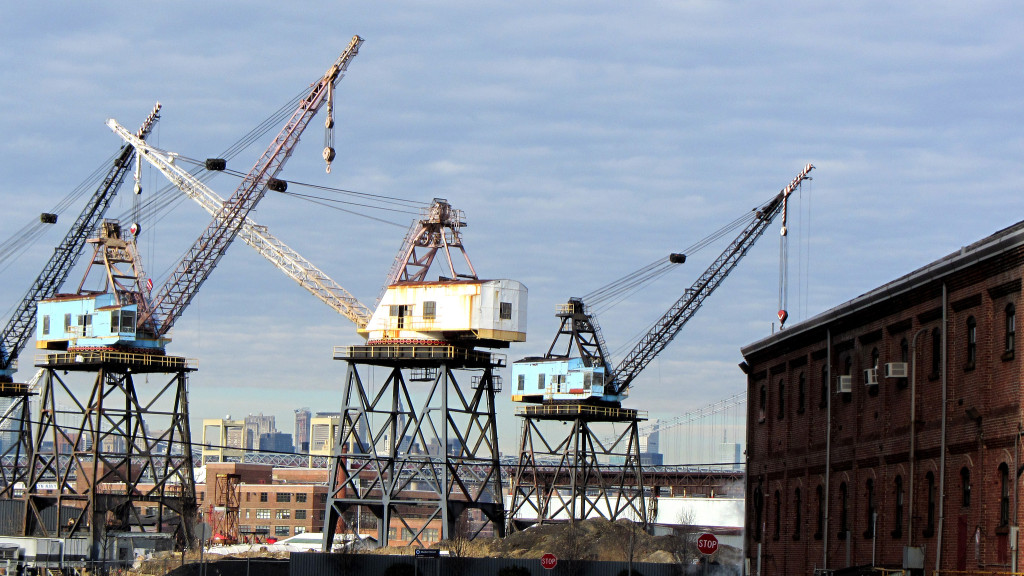
Making cities work for all citizens, not just the creative class, will be essential (freetheleah/Flickr)
Post-industrialism and the rise of the creative class have brought our cities are back from the brink, but the very things that are driving their resurgence are also causing new problems and new divides. To make our cities more inclusive, people centered, and humane, and most important of all, to safeguard their future prosperity, we need a new social compact, an Urbanism for Everyone, that’s focused on wages, jobs, infrastructure, and housing. Minimum wages should be brought into line with cost-of-living (in practice, that amounts to about 50 percent of the local median). Service jobs need to be up-skilled and up-graded so they can pay family-supporting wages. Outlying areas need to be connected to city cores with rapid transit, and more affordable housing needs to be built. All this will require real investment, and deeper levels of cooperation than we’ve seen between the private and the public sectors. But as costly and politically challenging as it might be, we can’t afford not to do it.
6. Creating Better Jobs for Youths
Kristen Jeffers, Writer/Editor/Advocate
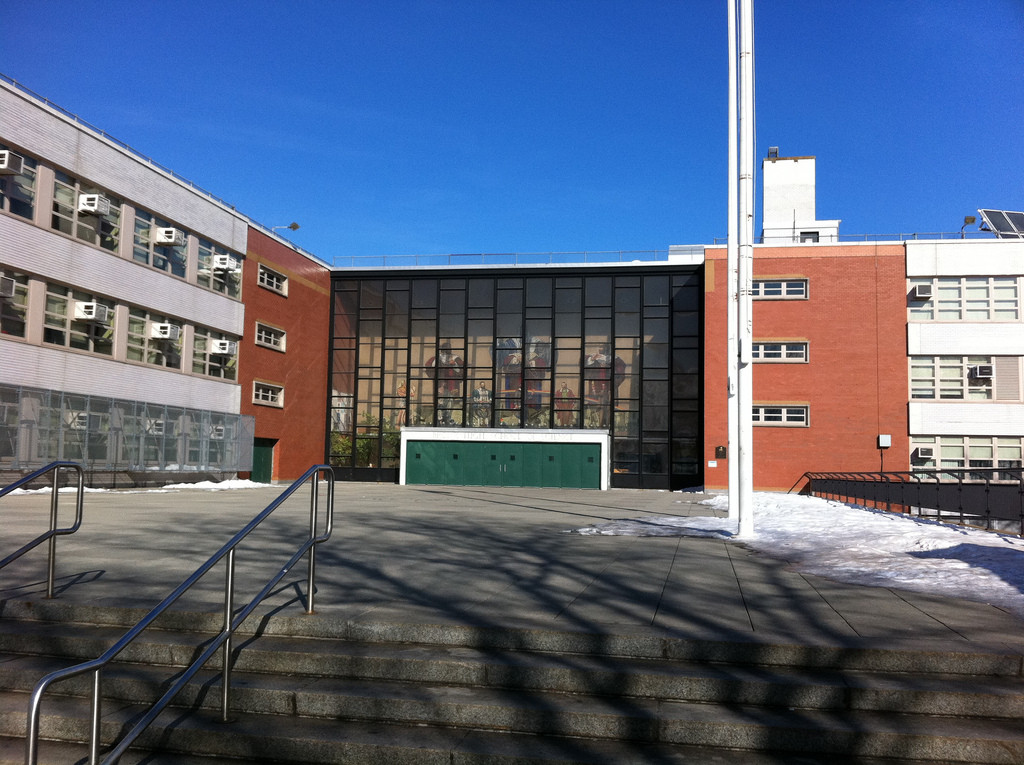
Building future leaders requires innovative jobs and training for teens (Image: scriptingnews/Flickr)
I believe that all youth should have something productive to do, that not only allows them to socialize, but to learn valuable skills that get them prepared to take on full adult responsibilities. We should work with school systems and major employers to place high-risk high school students in volunteer and apprenticeship activities that are guaranteed to continue after high school, but allow flexibility for paths to change. If youth fall into trouble, their first stop should be an internship, not a jail cell.
7. Providing Nation-wide Universal Pre-K
Emily Badger, urban policy reporter, Washington Post
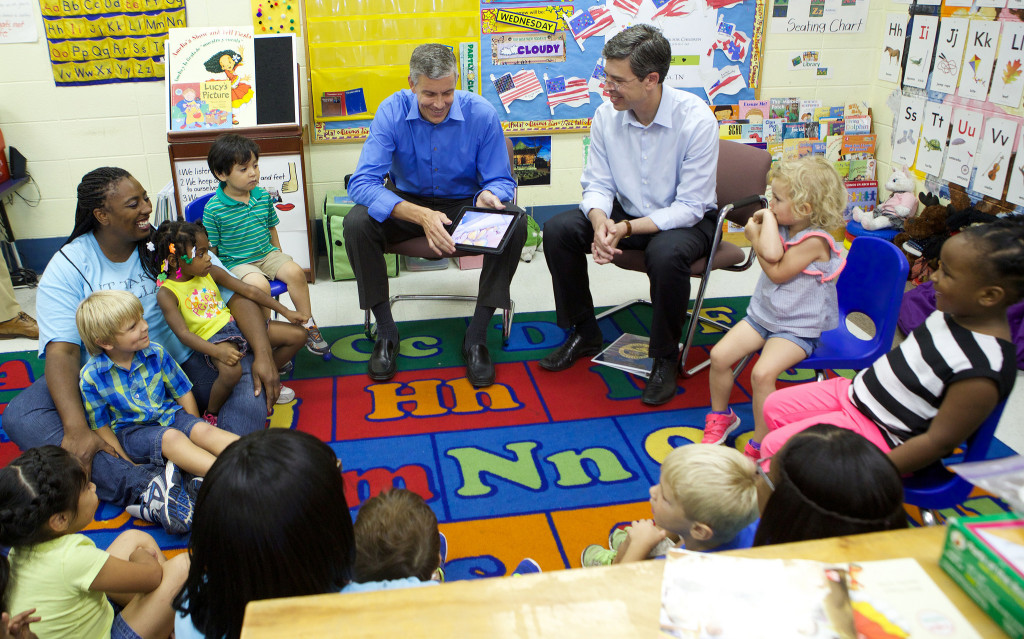
Universal Pre-K is mandatory for our cities and states to thrive (Image: departmentofed/Flickr)
Universal preschool: Cities, like all of America, are becoming increasingly unequal places, experienced in very different ways by single, college-educated professionals and poor, struggling families. One group has the luxury of walkable neighborhoods, safe parks, neighborhood restaurants and high-paying jobs. The other lives with long transit commutes, poor schools, neighborhood crime and low-wage work. It’s daunting to imagine how cities can bridge these two halves, which seem to be drifting farther apart. But one policy would likely have a significant impact on children born today into this inequality: universal preschool. If we could find the the money and the commitment to invest in very young low-income children — as cities from Seattle to New York are now trying to do — those children might be put on a path that would narrow inequality in the future. And the money cities spend on them during some of the most important years for their brain development is money cities won’t have to spend on them later on — as adults in the welfare and criminal justice systems.
